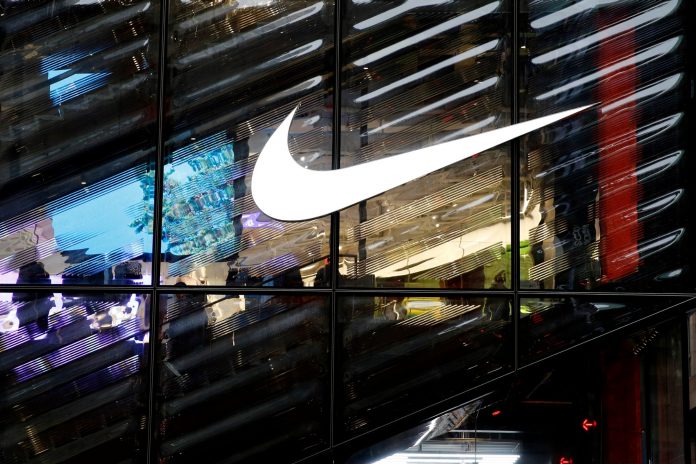Opinions expressed by Entrepreneur contributors are their own.
When first introduced to the concept of Web3 — through NBA Top Shot — which solved the pain points of collecting and trading sports cards, I immediately saw the parallel to my early dotcom days of surfing basketball and design forums where my shared interests (and typing) led to faster connections than my unrefined verbal skills ever could.
VIEW press | Getty Images
With the power of decentralization, transparency and ownership, Web3 has the potential to solve pain points across the sneaker industry which, in recent years, has faced growing consumer frustration around issues such as affordability and a lack of accessibility. Brands like Nike and Adidas are diving in through M&A and partnerships, but Web3 presents opportunities for industry players of all sizes.
Here’s how it’s set to disrupt this footwear market for the better.
Related: Here’s a Beginner’s Guide to Crypto, NFTs, and the Metaverse
Accessibility issues can be virtually fixed
The sneaker world is laced with challenges from supply chains to the culture of debt it operates from, but the greatest problem plaguing the industry is accessibility: enthusiasts are finding it harder than ever to access the shoes they want to wear.
As sneakers have risen into their own asset class — brands like Nike have become increasingly aware they’re in jeopardy of losing their most obsessed customers. Loyalists can only take so many losses to bots that monopolize product releases before they become frustrated and leave the community altogether.
This is where Web3 can be leveraged to make sneaker drops more accessible to the consumers who actually want to wear the shoes — not just profit off them. Web3 is giving brands more transparency into knowing who their best customers are.
Know your customer (KYC) technology for instance can be built on blockchain to create digital IDs that give brands a way to authenticate who is purchasing from their site. While NFTs and social tokens give brands further insight into which consumers are loyally investing in them.
Right now if Nike releases 50 Jordan 1s in a year — it is possible that one reseller with access to effective bots can buy a substantial portion of those releases and resell each pair for double the retail price. However, if purchasers were required to have digital IDs tied directly to one real person, brands like Nike could choose to more evenly distribute their limited-release sneakers. Understanding who your end customers are and their success rate is important to distributing products as equally as possible.
Creating value beyond the point of sale
For too long sneaker enthusiasts have shown loyalty to the brands they love without great returns. Web3 has the potential to change that. Consumers can now have traceable ownership in a brand’s assets and with that companies are establishing a baseline of who their loyalists are and exploring ways to reward them past the point of sale.
The traditional consumer experience is you buy your sneakers, they ship and are delivered. The end. Through the metaverse brands can offer virtual experiences that have tangible real-life benefits that happen after a product is delivered.
Service brands in the sneaker space are taking note, as well. Sneaker News recently launched the Sneaker News Collector Club, a Web3 community that allows its Discord members opportunities to get closer to the brand by chatting with its editorial staff and readers while offering inside access to new releases. Simply put, Web3 has the capability to help brands quantify with data who their best customers are and be thoughtful about how they engage them.
Related: For Meta or for Worse?
New revenue streams will emerge
As Web3 helps brands build out virtual worlds with new experiences, companies both old and new are being forced to re-evaluate how they operate.
To wit: Nike recently acquired RTFKT, the biggest NFT player in the sneaker space, which allowed the veteran brand to tap into a virtual new audience, one that might not even want physical shoes (talk about margins).
Adidas went the collaborative route and there have been different responses from the community about who did it right, but the reality is much like the early 90s: there’s no definitive answer.
One thing is certain, if you’re not investigating Web3 right now for your company, you’re really just waiting for another player to come along and do it better.
Related: Future Of Education: Role Of Blockchain Technology And Metaverse

